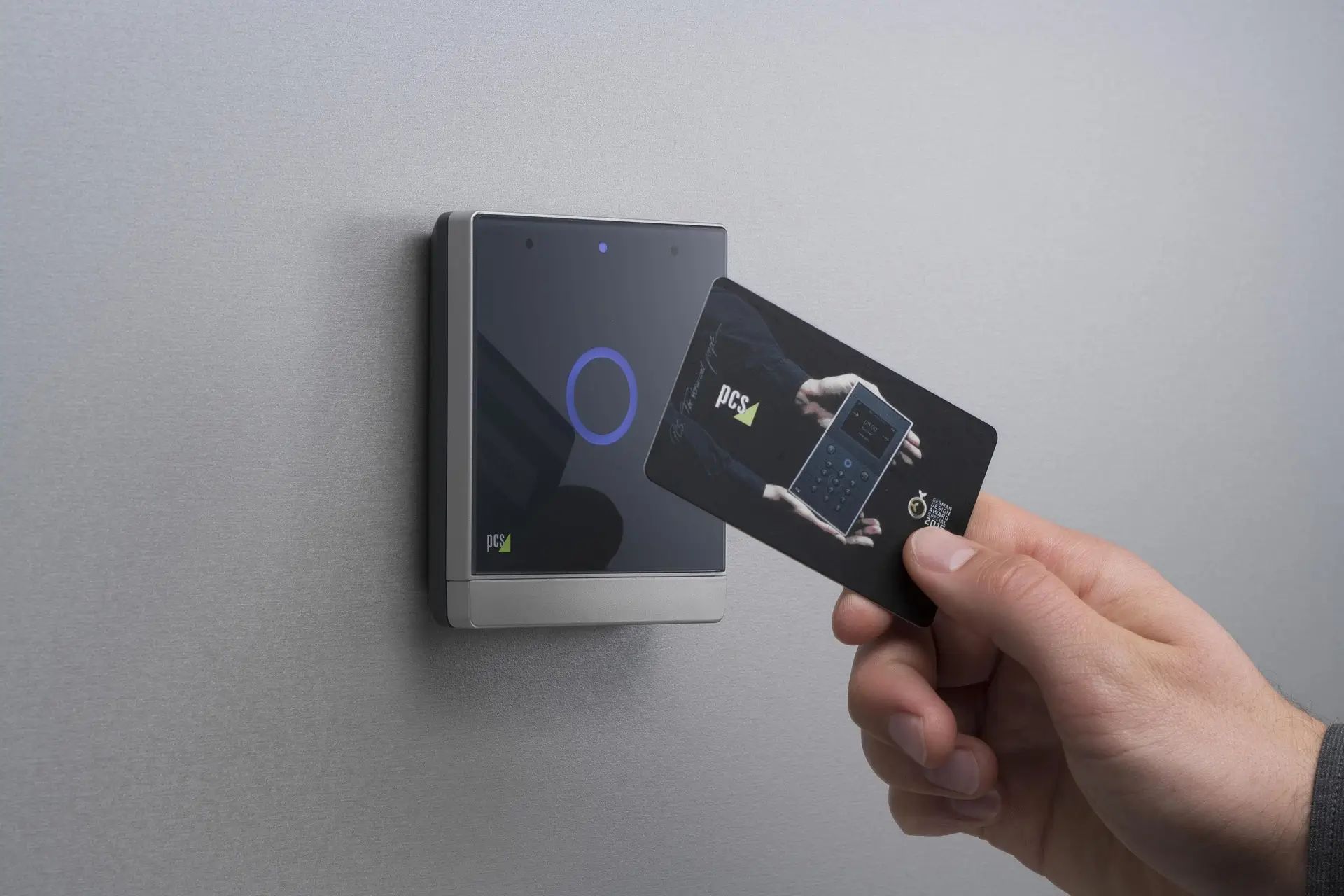
RFID (Radio Frequency Identification) technology has transformed how we track and manage objects, from retail inventory to pet identification. But what exactly is RFID, and why is it so significant? RFID uses electromagnetic fields to automatically identify and track tags attached to objects. These tags contain electronically stored information, which can be read from several meters away without direct line-of-sight. This technology offers numerous advantages over traditional barcodes, such as faster scanning and the ability to store more data. Whether you're curious about how RFID works or its various applications, this post will provide you with 26 intriguing facts that highlight its importance and versatility. Get ready to dive into the world of RFID and discover why it's a game-changer in many industries.
What is RFID?
RFID stands for Radio Frequency Identification. It's a technology that uses electromagnetic fields to automatically identify and track tags attached to objects. These tags contain electronically stored information.
- RFID technology was first used during World War II to identify friendly aircraft.
- RFID tags can be active, passive, or semi-passive, depending on their power source.
- Passive RFID tags have no internal power source and rely on the reader's electromagnetic field.
- Active RFID tags have their own power source, allowing them to transmit signals over longer distances.
- Semi-passive RFID tags use a battery to power the chip but rely on the reader for communication.
How Does RFID Work?
RFID systems consist of three main components: a tag, a reader, and an antenna. The reader sends out a signal via the antenna, which activates the tag. The tag then sends back its stored information to the reader.
- RFID tags can store a wide range of data, from a simple serial number to complex information.
- The antenna in an RFID system can be built into the reader or be a separate component.
- RFID readers can be handheld or fixed, depending on the application.
- The frequency of RFID systems can vary, with low-frequency (LF), high-frequency (HF), and ultra-high-frequency (UHF) being the most common.
- UHF RFID systems can read tags from a distance of up to 12 meters.
Applications of RFID
RFID technology is used in various industries for different purposes. Its ability to track and identify objects makes it incredibly versatile.
- Retailers use RFID to manage inventory and reduce theft.
- Libraries use RFID to track books and streamline the checkout process.
- RFID is used in passports to store personal information securely.
- Hospitals use RFID to track medical equipment and patient information.
- RFID is used in agriculture to monitor livestock and manage farm operations.
Benefits of RFID
RFID offers numerous advantages over traditional identification methods like barcodes. Its ability to read multiple tags simultaneously and from a distance makes it highly efficient.
- RFID can read tags without a direct line of sight, unlike barcodes.
- RFID systems can read multiple tags at once, speeding up the identification process.
- RFID tags are more durable and can withstand harsh environments.
- RFID technology can improve supply chain visibility and efficiency.
- RFID can enhance security by providing real-time tracking of assets.
Challenges of RFID
Despite its many benefits, RFID technology also faces some challenges. These can range from technical issues to concerns about privacy and security.
- RFID systems can be expensive to implement, especially for small businesses.
- Metal and liquid can interfere with RFID signals, reducing their effectiveness.
- Privacy concerns arise from the ability to track individuals without their knowledge.
- RFID tags can be cloned, leading to potential security risks.
- The technology requires significant infrastructure, including readers and antennas, which can be costly.
Future of RFID
The future of RFID looks promising, with advancements in technology making it more accessible and efficient. Innovations are continually being made to overcome current limitations.
- The integration of RFID with IoT (Internet of Things) is expected to revolutionize various industries, providing real-time data and analytics.
RFID: A World of Possibilities
RFID technology has revolutionized how we track and manage items. From retail to healthcare, RFID tags offer efficiency and accuracy. They help reduce theft, improve inventory management, and even enhance patient care. With RFID systems, businesses can streamline operations, saving time and money. This tech isn't just for big corporations; small businesses can benefit too. As RFID continues to evolve, expect even more innovative applications. Whether it's tracking pets, managing libraries, or speeding up checkouts, RFID is here to stay. So, next time you see a quick scan at a store or a hospital wristband, remember the power of RFID. It's a small piece of tech making a big impact. Embrace the change and explore how RFID can benefit your world.
Was this page helpful?
Our commitment to delivering trustworthy and engaging content is at the heart of what we do. Each fact on our site is contributed by real users like you, bringing a wealth of diverse insights and information. To ensure the highest standards of accuracy and reliability, our dedicated editors meticulously review each submission. This process guarantees that the facts we share are not only fascinating but also credible. Trust in our commitment to quality and authenticity as you explore and learn with us.


